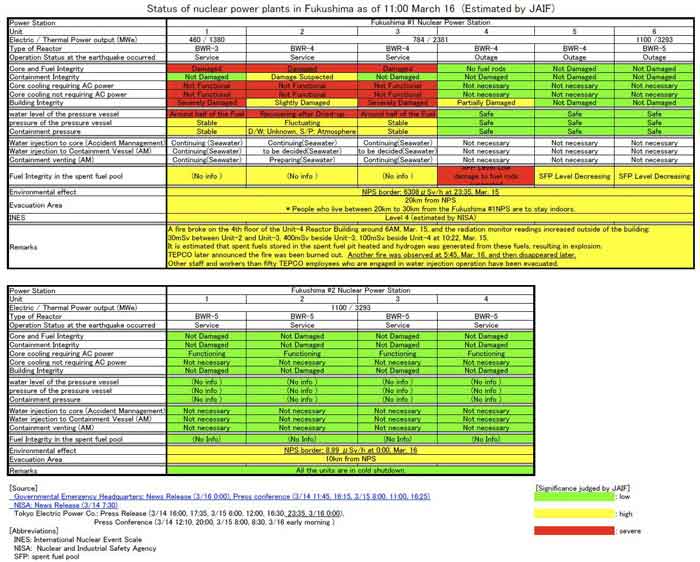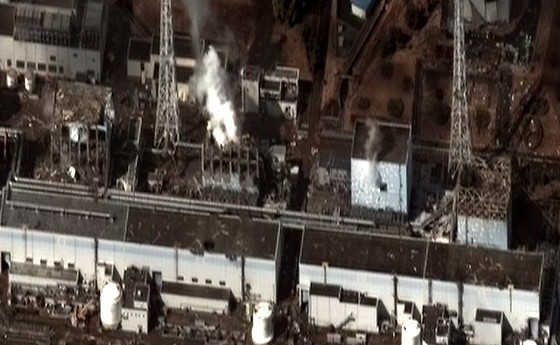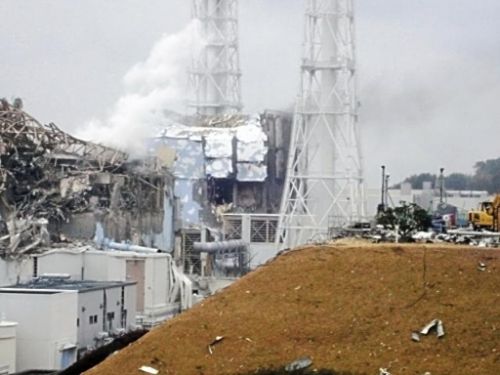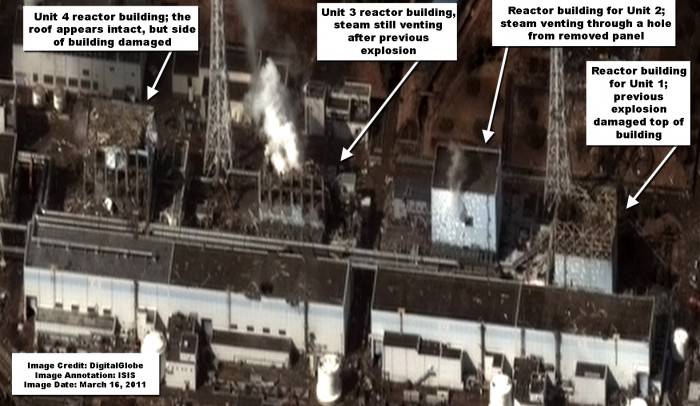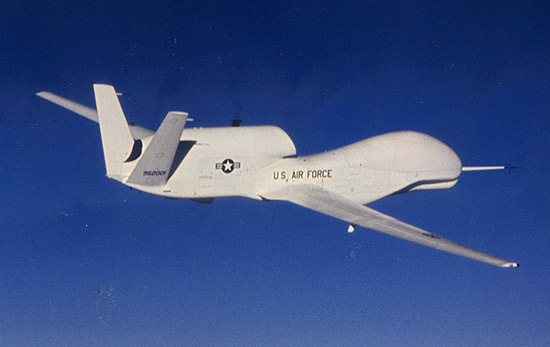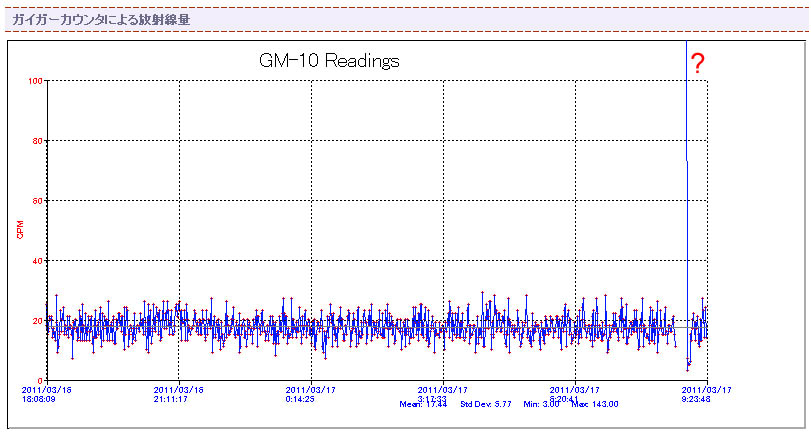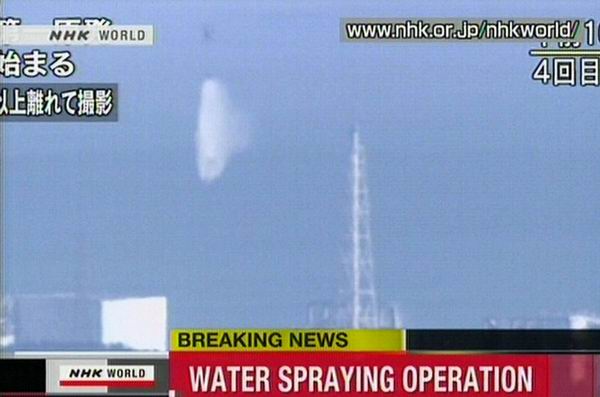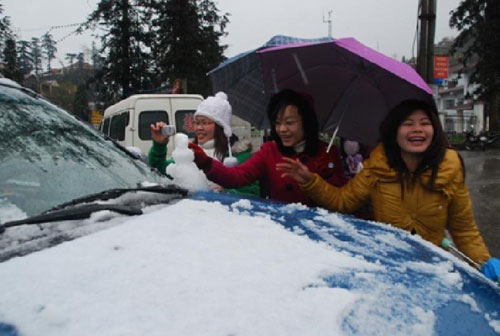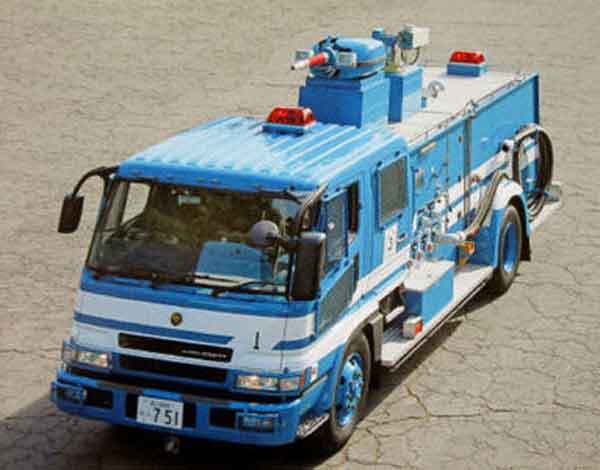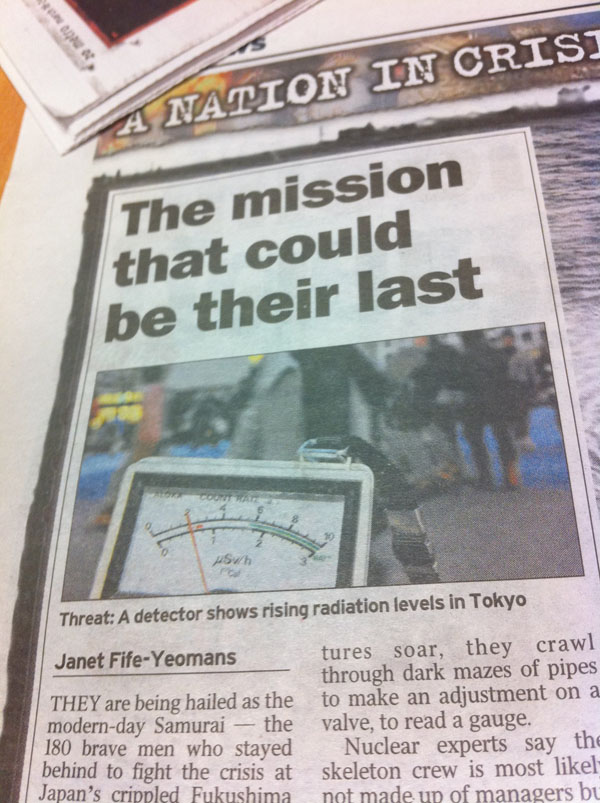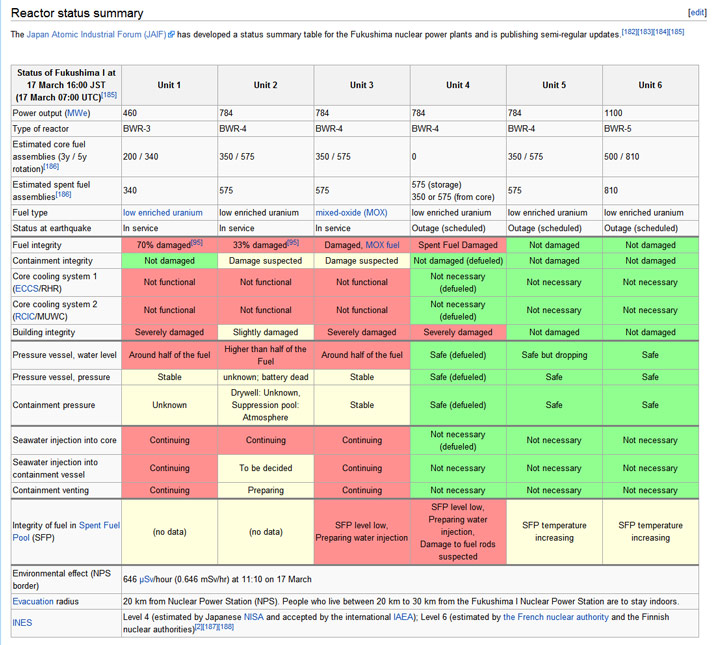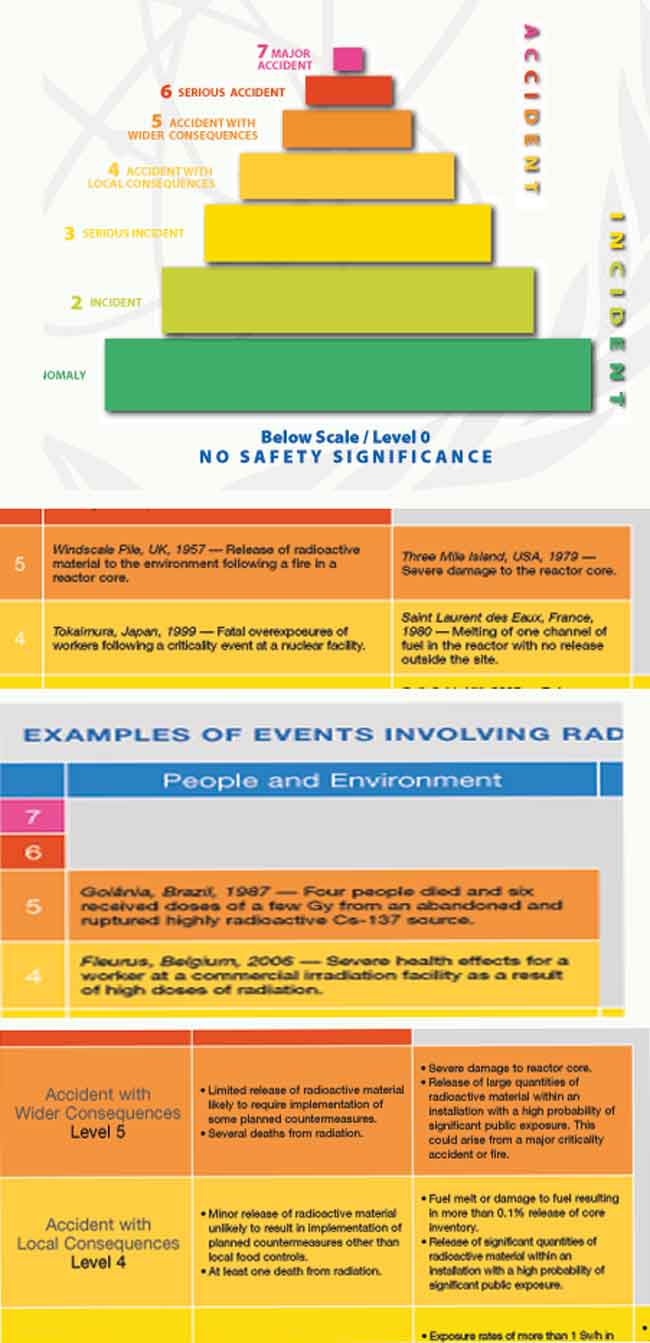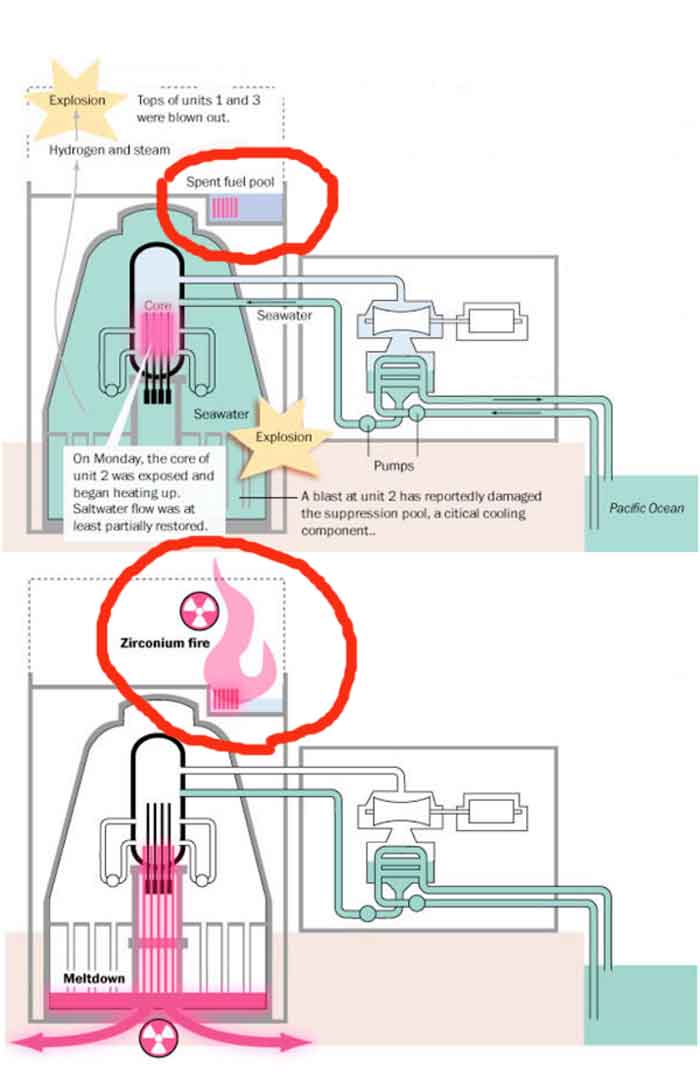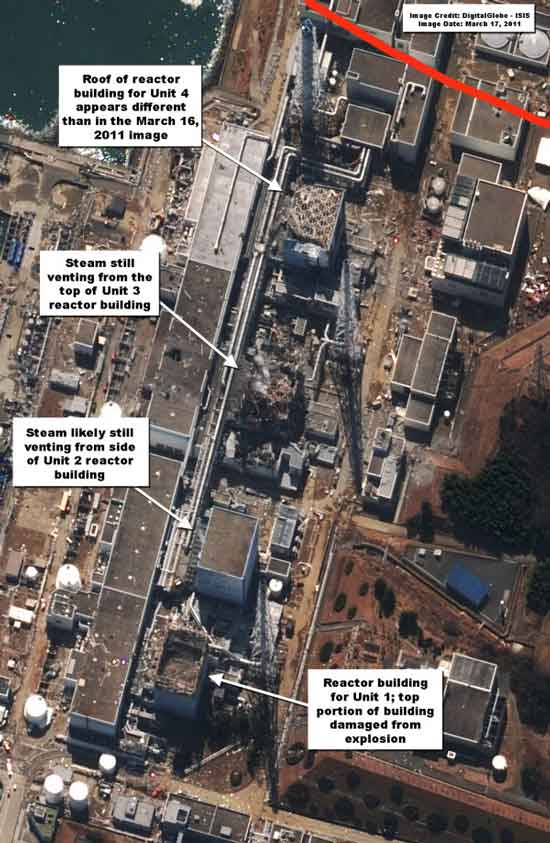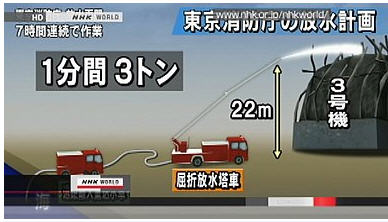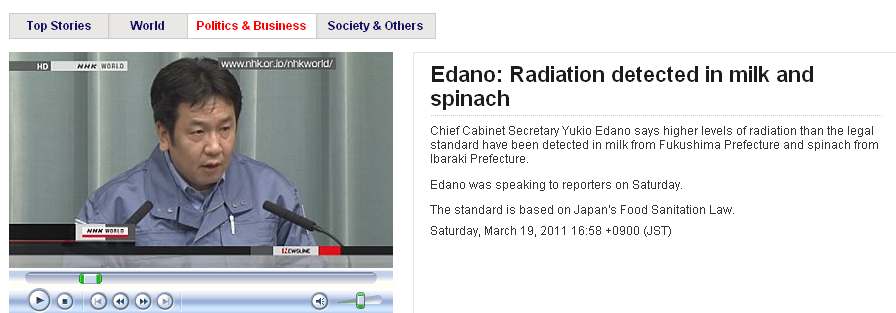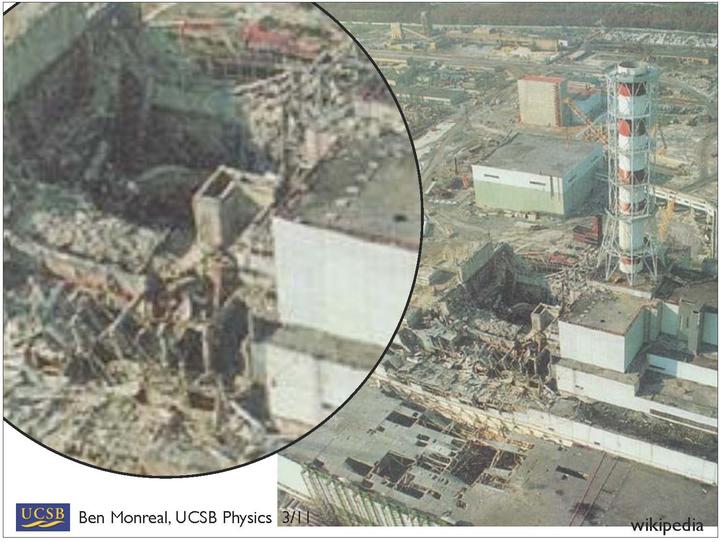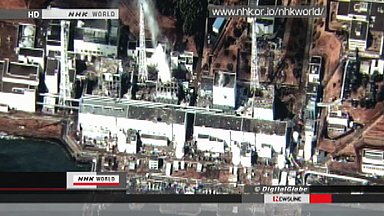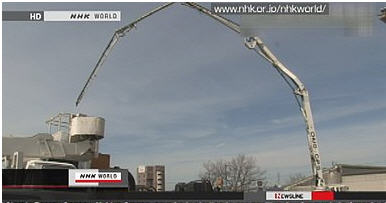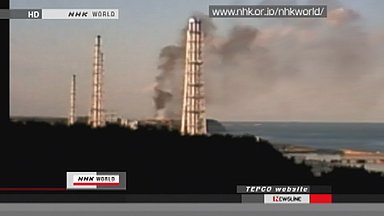(Reuters) - Following are main developments after a massive earthquake and tsunami devastated northeast Japan and crippled a nuclear power station, raising the risk of uncontrolled radiation.
* Power plant operator says it started work on Thursday to connect outside power cables to the plant. It later says the earliest time electricity could be re-connected is Friday.
* Japan's nuclear agency said the No.2 reactor will be the first to receive electricity because it has a roof and will try to use power for internal mechanisms.
- Japanese military helicopters drop tons of water on the Fukushima Daiichi nuclear complex to try to cool reactors and fuel rods after a failed attempt the previous day because of high radiation levels. Helicopters to be used again on Friday. Engineers try to restore power to the water cooling systems.
- A water cannon later douses No. 3 reactor, the top priority for authorities with plutonium fuel inside. Smoke and steam had been escaping from the unit, indicating water evaporating from the cooling pool. Pressure had been rising.
- United States sends aircraft to fly out nationals from Japan, authorizes voluntary departure of family members of diplomatic staff.
- An official at the Nuclear and Industrial Safety Administration says three of the plant's six reactors - Nos. 1, 5 and 6 - are relatively stable. The official could not confirm whether water was covering spent fuel rods in reactor No. 4. - Top U.S. nuclear regulator earlier said no water was left in No. 4 reactor cooling pool, radiation levels extremely high.
- The head of the U.N. nuclear watchdog, the IAEA, says core damage at reactors 1, 2 and 3 of the plant is confirmed, but reactor vessels seem intact.
- Eighteen months before the crisis, U.S. diplomats had lambasted the IAEA's safety chief for incompetence, especially when it came to the nuclear power industry in his native Japan, according to cables sent by the U.S. embassy in Vienna to Washington. The cables, obtained by WikiLeaks and reviewed by Reuters, singled out Tomihiro Taniuchi, until last year the IAEA's head of safety and security.
- The government said large-scale power cuts in Tokyo were unlikely after demand for electricity had hit its peak. Tokyo residents further unnerved by a mass malfunction of Mizuho Bank cash machines.
- Japan PM Kan briefs Obam:-)fforts to contain emergency. U.S. to fly a drone over the complex to assess the situation. Australia again urges nationals in Tokyo and eight prefectures to consider leaving Japan. That warning was because of infrastructural problems, not the fear of radiation.
- Tokyo is safe for international travelers, the Japanese Red Cross says.
- Japan nuclear agency says radioactivity levels continue to fall at the plant. Eight staff members take readings in shifts.
- Economics Minister Kaoru Yosanu tells Reuters Japanese markets are not sufficiently destabilized to warrant joint G7 currency intervention or government purchases of shares.
- Yen jumps 4 percent against the dollar, the Nikkei down 1.4 percent. Officials blames yen spike on speculators. Bank of Japan offers to inject a further 6 trillion yen ($74 billion) into the banking system.
- Estimates of losses to Japanese output from damage to buildings, production and consumer activity range from 10 to 16 trillion yen ($125-$200 billion), up to 1 times the economic losses from the 1995 Kobe earthquake.
- Nuclear crisis diverts attention from the tens of thousands affected by last week's earthquake and tsunami. About 850,000 households in the north without electricity in near-freezing weather. Death toll is expected to exceed 10,000.
http://www.reuters.com/article/2011/03/17/us-japan-quake-snapshot-idUSTRE72D8LW20110317
แก้ไขเมื่อ 17 มี.ค. 54 21:56:32










 มีจิตใจที่เข็มแข็งและมีน้ำใจได้อย่าง
มีจิตใจที่เข็มแข็งและมีน้ำใจได้อย่าง  จัง
จัง
